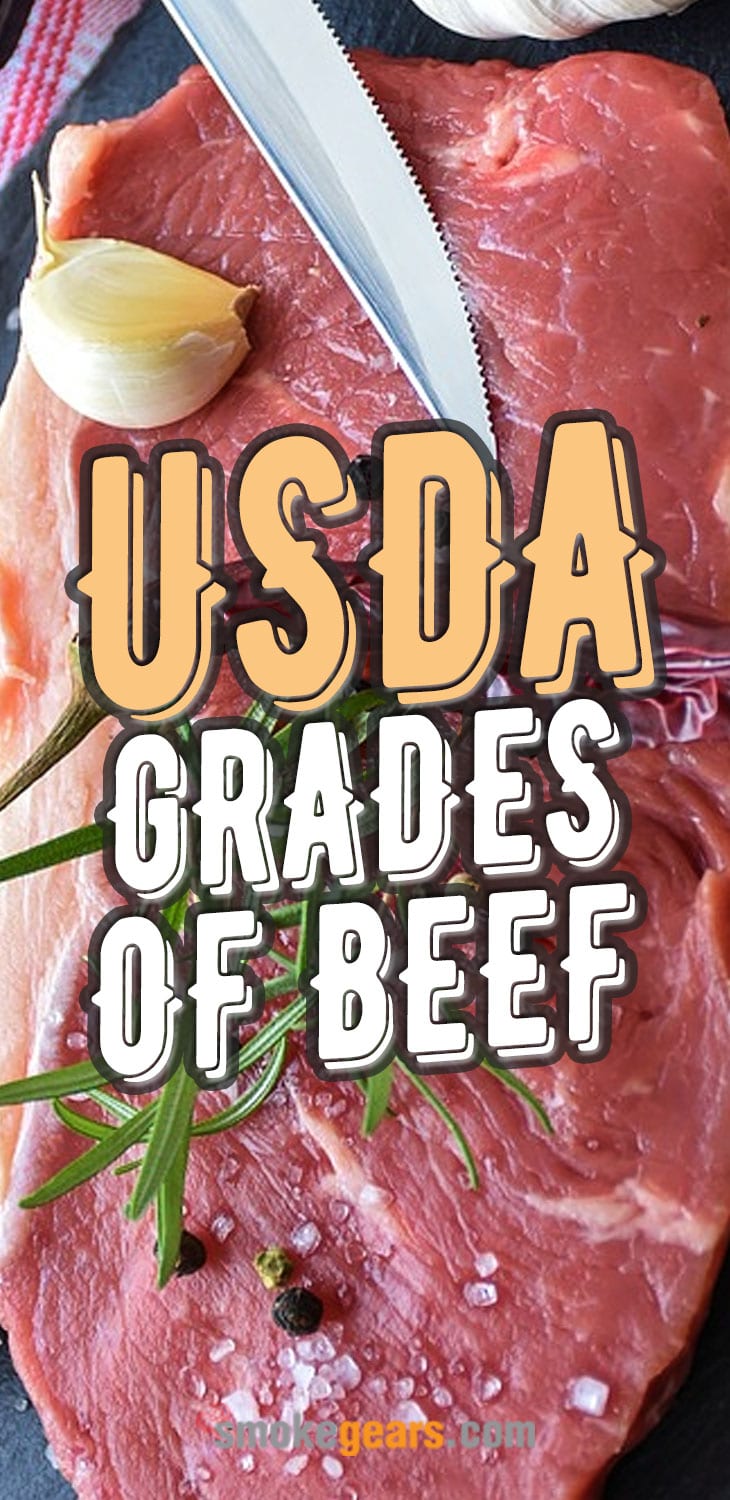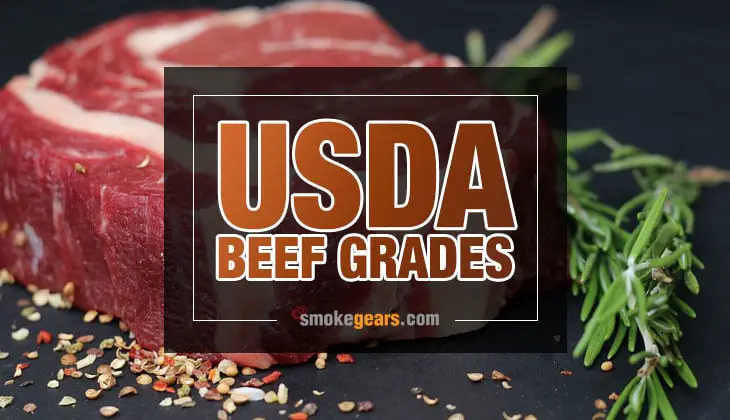USDA Beef Grades: Understanding the Types of Beef and Its Uses
Most of us are often completely lost when we look through the different kinds of steak in the supermarket. If you're a BBQ enthusiast, you have to know the types of beef for your barbecue, brisket, etc.
The United States Department of Agriculture's (USDA) job is to inspect the meat, which is produced and sold in the market. They've to make sure that the meat is safe before the consumers buy it. This inspection is compulsory for all the federally examined meat packing factories.
In the following, we'll be focusing on the different types of beef and how they differ in tastes. Usually, the USDA beef grades come in three different types: Prime, Choice, and Select.
More...
USDA Grades of Beef
Other Lower Grade Beef
Standard, Utility, and Commercial are other USDA graded beef. They have a meager amount of marbling and not much flavor. The cattle also tend to be more aged than Choice, Prime, or Select.
You might not find these graded meats in your supermarket as steaks or roasts; they are mostly used in processed foods or hamburgers.
Wagyu Beef:
Wagyu is a type of beef taken from Japanese beef cattle. The word 'Wagyu' literally means 'Japanese cow.' This breed of cattle contains a high amount of marbling, which is higher than the Prime beef. The Wagyu beef practically has a melt in the mouth tenderness quality.
Furthermore, it is healthier and beneficial to human health, and one can find it in gourmet restaurants.
How Does USDA Grade Beef?
As we've already mentioned above, the USDA has to make sure the meat is wholesome, and once they're marked as wholesome, the beef manufacturer can grade it by a Licensed Federal Grader.
However, the grader will look through many factors while grading the beef. The two essential factors to consider are the age of the meat and the marbling amount throughout the beef. Younger cattle will have a higher amount of marbling present in the beef, and it will have a higher chance of being appropriately graded.
Do Different Grades Have Different Tastes?
Beef cuts get a higher grade when it contains higher marbling and tenderness. So, a more top graded beef will have a better taste because it has more fat content than the other categories.
Lower graded beef will not be as flavorful as the higher counterparts. For instance, Wagyu or Prime beef cuts will be more delicious and tender than a Select cut.
Are Grain or Grass-Fed, Grain/Grass Finished All Rated By USDA?
Seeing the labels 'grain-fed' or 'grass-finished' can be confusing to many consumers, so you need to be careful when you come across such names on the meat packages.
Generally, all kinds of beef are first grass-fed, but at a specific age, they are moved to being fed by grains. This process is necessary because feeding the cattle grain instead of grass fattens them up for slaughter. Almost all beef is grain-fed, or grain-finished and is checked by the USDA.

On the other hand, the beef that has wholly been fed and finished on grass tends to be leaner than grain-fed beef and, thus, will not be rated by the USDA.
Related Posts:
Tenderize Steak | Ribs Recipe | Propane vs Electric | Dyna Glo vs NexGrill
Does Nutritional Value Differ from Grade to Grade?
On average, the Select cut grade has 5-20% or less fat than the Choice graded beef of the equal cut, and 40% of less fat than the Prime graded cut of the same size. However, this is not 100% true most of the time.
What we know is the higher the beef is graded, the higher the fat content it will have, and the higher its calories will be. But the amount you trim or how much fat it contains does not change the mineral and vitamin level of the beef.
How Do Different Grades Affect Your Brisket or Steak?
So, now that we are aware of the differences between Wagyu, Prime, and Select beef, will it change how you make your briskets or steaks?
There will be some minor changes in the way you prepare each graded beef. The Prime and Choice cuts have higher tenderness and marbling, so they're ideal for the conventional methods of cooking. And the reverse sear technique of cooking the meat 'backward' works excellently with steaks.
On the other hand, the slow and low smoking method is excellent for making a brisket. But the Select graded beef will have a harder time being flavorful and tender with these methods because it has a low amount of marbling present in the meat.
Conclusion:
Now that you know the different types of USDA grades of beef, we hope that you'll be able to make an explicit and informed decision while buying a piece of meat. If you want a juicier or tender version, you should choose the Prime or Choice cut since it has more marbling than a Select cut.
If you want a well-marbled piece of beef, all you have to do is look for the streaks of fat in the beef cut. The leaner cuts will usually have less or no streaks of fat in them, so it will be easy to know which one has been grass-fed and grain-fed.


